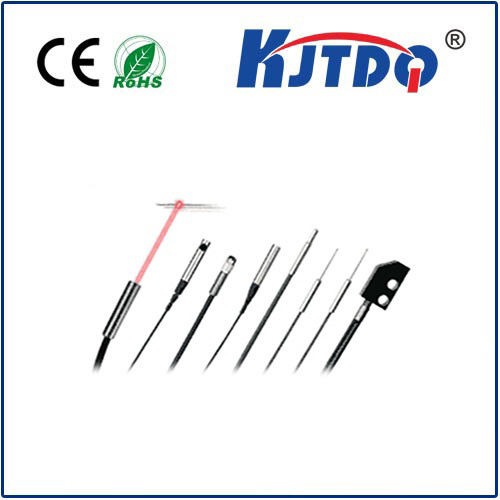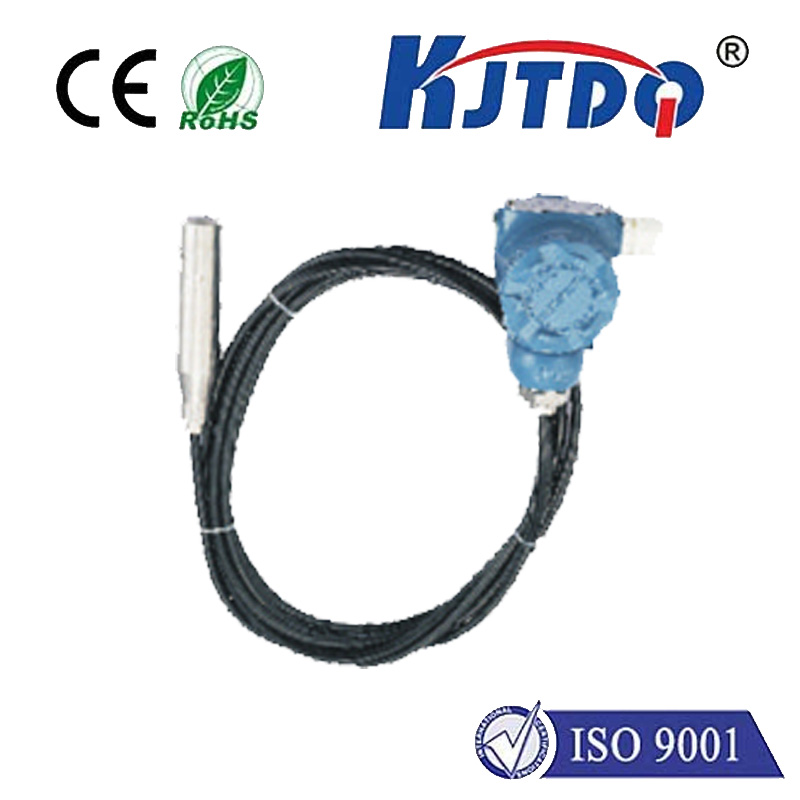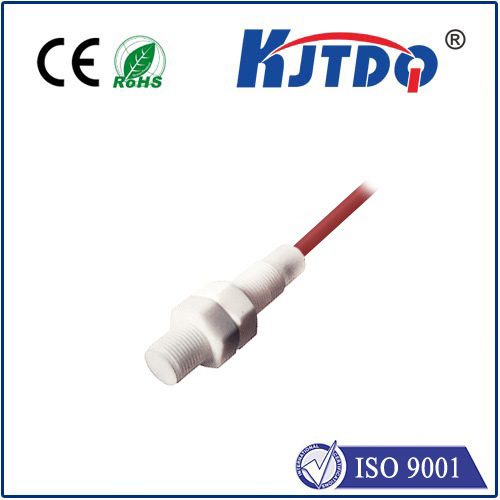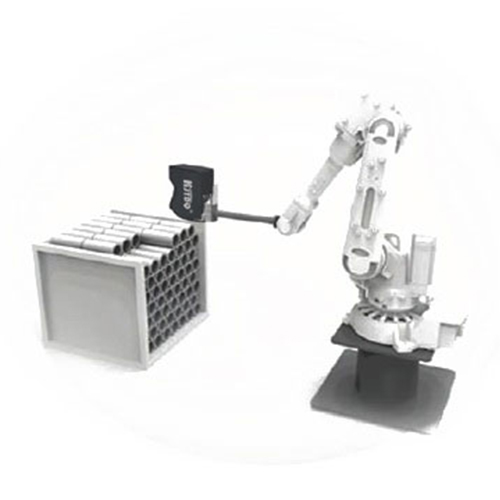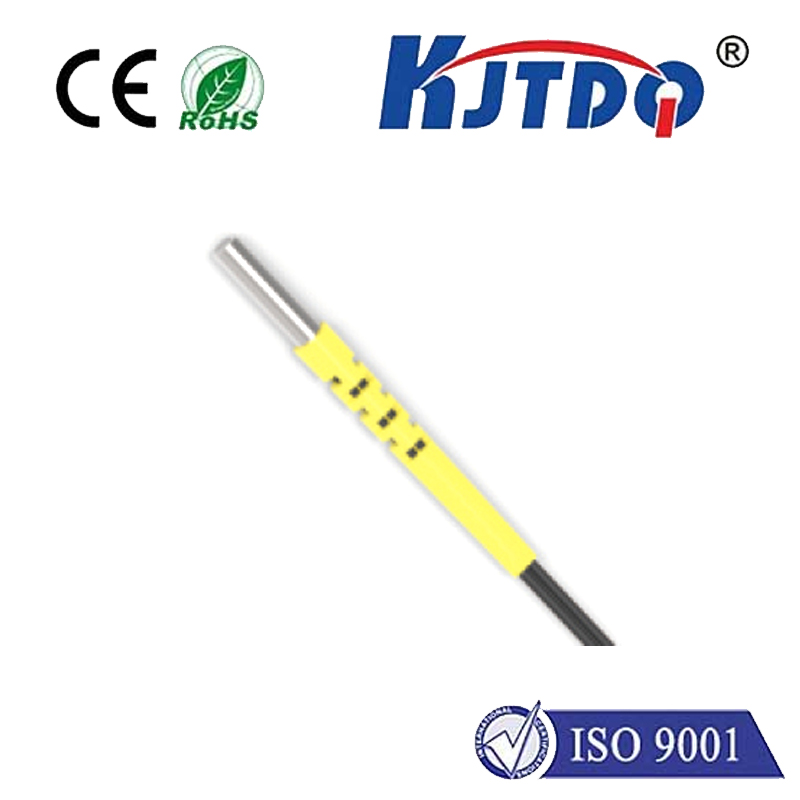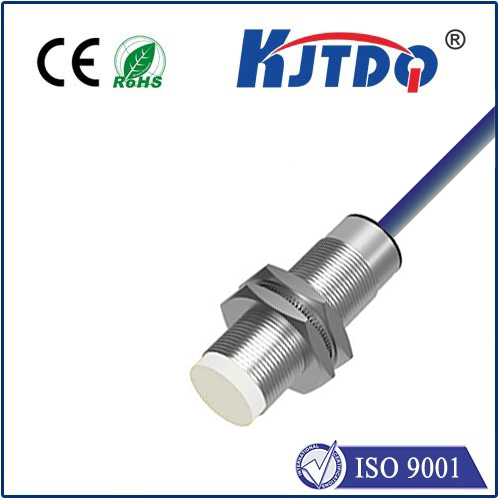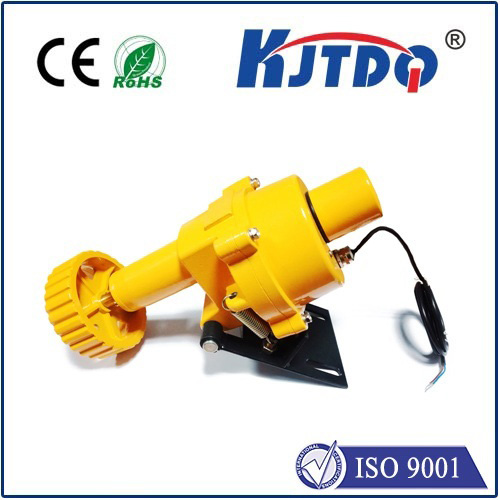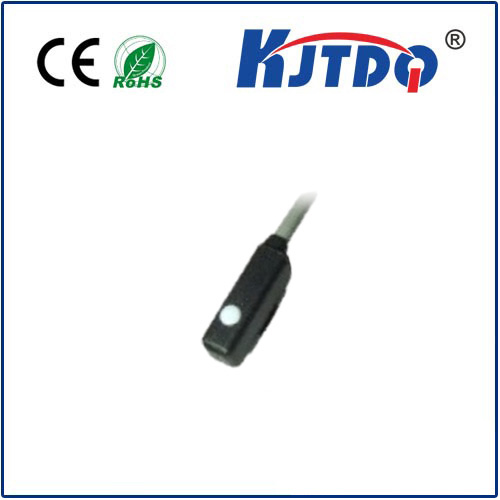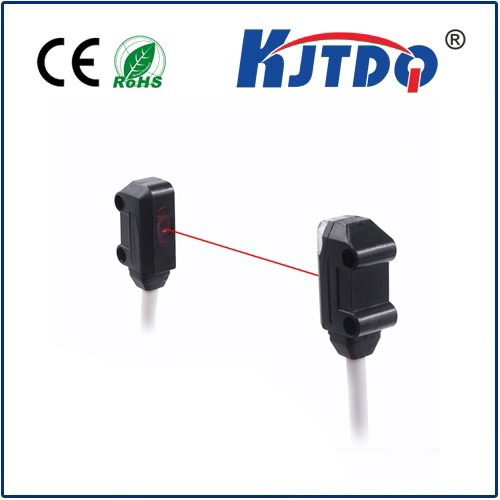escalator induction proximity sensors
- time:2025-09-07 03:07:57
- Нажмите:0
The Silent Guardians: How Induction Proximity Sensors Power Escalator Safety & Efficiency
We glide up and down them daily, often barely registering the complex machinery buzzing beneath our feet. Escalators are marvels of urban transport, seamlessly moving thousands. But beneath the polished steps and gleaming handrails lies an intricate network of safety systems, where induction proximity sensors play a critical, often unsung role. These unassuming electronic sentinels are fundamental to preventing accidents, optimizing operation, and ensuring passenger wellbeing. Understanding their function is key to appreciating the invisible safety net within every modern escalator.
Beyond Buttons: Sensing Presence Without Contact
At its core, an induction proximity sensor is a non-contact electronic device. It generates an electromagnetic field emanating from its sensing face. When a metallic object – like an escalator step, handrail link, passenger’s shoe buckle, or even a misplaced piece of luggage – enters this field, it induces small electrical currents called eddy currents within the metal. This interaction alters the sensor’s internal oscillator circuit. The sensor detects this change and triggers an output signal – essentially saying, “Something metallic is here!”
This contactless detection principle is crucial in the harsh, dynamic environment of an escalator. Mechanical switches would quickly succumb to dust, vibration, moisture, and constant physical impact. Induction sensors, typically housed in robust casings (often IP67 rated or higher), offer superior reliability and longevity, operating silently and invisibly.

Where Do These Sensors Work Their Magic? Critical Escalator Applications
- Step Alignment & Pallet Position Verification: Perhaps one of the most vital roles. Sensors are strategically placed along the escalator’s path to precisely monitor the position of each step or pallet as it approaches critical transition points – notably at the upper and lower comb plates where steps disappear into the truss. Accurate step alignment is paramount. A misaligned step striking the comb plate can cause catastrophic failure or passenger tripping. Detection of misalignment triggers an immediate safety shutdown.
- Skirt Obstruction Detection: The narrow gap between the moving steps and the stationary side panels (skirts) is a well-known pinch point. While brush guards are common, additional induction proximity sensors embedded along the skirts provide a higher level of protection. If a shoe, loose clothing, or object intrudes significantly into this gap, the sensor detects the metallic component (like a shoe shank) and signals the control system to stop the escalator before serious injury occurs. This is a key element of reverse defense systems.
- Handrail Entry Monitoring: Similar to skirt sensors, induction sensors near the handrail entry points can detect obstructions or entrapment risks where the handrail enters the balustrade. This adds another layer of safety focused on handrail interactions.
- Comb Plate Impact Detection: Sensors mounted near the comb plate can detect abnormal vibration or displacement caused by an impact – such as a step striking it due to misalignment or a foreign object lodged underneath. This triggers an immediate stop.
- Safety Brake Monitoring (Indirect): While not directly engaging the brake, sensors can monitor the position or state of components associated with the safety brake system, confirming its readiness or detecting an unintended activation.
Why Induction? The Compelling Advantages
- Exceptional Reliability: No moving parts subject to wear. Sealed construction resists environmental contaminants like dust, oil, and moisture endemic to transit environments. This translates directly to reduced maintenance downtime and costs.
- High Precision & Repeatability: They provide accurate, consistent detection of metallic objects within their sensing range, crucial for monitoring step positioning and small obstructions.
- Fast Response Time: Electromagnetic detection is virtually instantaneous. This speed is vital for triggering safety stops before an incident escalates.
- Robustness: Designed to withstand the constant vibration and mechanical stress inherent in escalator operation.
- Non-Contact Operation: Eliminates physical wear and tear on both the sensor and the target, ensuring long-term accuracy.
More Than Just Safety: Efficiency Gains
The role of proximity sensors extends beyond pure safety:
- Energy Savings: Many modern escalators incorporate variable frequency drives (VFDs). Proximity sensors can signal when no passengers are detected on the escalator for a preset time, prompting the control system to slow the escalator to a standby speed or even stop it entirely, significantly reducing energy consumption.
- Traffic Flow Optimization: In complex transit hubs with multiple adjacent escalators, sensor data on usage patterns can inform automated systems about when to reverse direction or adjust speed to optimize passenger flow.
- Diagnostic Data: Sensor signals feed into the escalator’s control system, providing valuable data for predictive maintenance. Unusual patterns in sensor activation (e.g., frequent misalignment signals) can alert technicians to potential problems before they cause a failure.
Implementing for Success: Installation & Considerations
Maximizing the effectiveness of induction proximity sensors requires careful planning:
- Precise Positioning: Sensors must be mounted with exact alignment to their target and at the optimal distance (within their specified sensing range). Millimeter accuracy often matters.
- Target Selection: The sensor must reliably detect the intended metallic target (e.g., a specific part of the step chain link, the shoe shank near the skirt). Selection of the sensor model and its sensing range must match the application.
- Environmental Shielding: While robust, highly concentrated sources of electromagnetic interference (EMI) could potentially affect performance. Proper shielding and installation practices mitigate this.
- Regular Inspection & Calibration: Part of routine escalator maintenance includes checking sensor alignment, cleaning sensing faces, verifying operation, and calibrating if necessary. Proactive maintenance prevents nuisance stops and ensures continued safety.
- Compliance: Sensor installation and performance must adhere to stringent international and local safety standards governing escalator design and operation, such as ISO 22200 and regional equivalents like EN 115. Choosing sensors and installers with relevant certifications is crucial.
The Future is Sensing
As escalator technology evolves, sensor integration deepens. While induction proximity sensors remain dominant for robust metallic object detection, we see complementary technologies like photoelectric sensors for non-metallic obstructions or advanced vision systems for comprehensive monitoring emerging. The focus remains on creating layered safety systems. Induction sensors form a fundamental, proven, and highly reliable layer within that strategy, performing their vital duties silently and ceaselessly.
The next time you step onto an escalator, take a moment to appreciate the unseen technology at work. Those small, metallic cylinders tucked away near the steps and skirts are induction proximity sensors – essential components working tirelessly to ensure your smooth and, more importantly, safe ascent or descent. Their continuous vigilance is a cornerstone of modern escalator reliability and passenger protection, proving that sometimes, the most critical safety features are the ones you never see. Their silent operation belies their profound impact on preventing accidents and optimizing the flow of people in our built environment.

